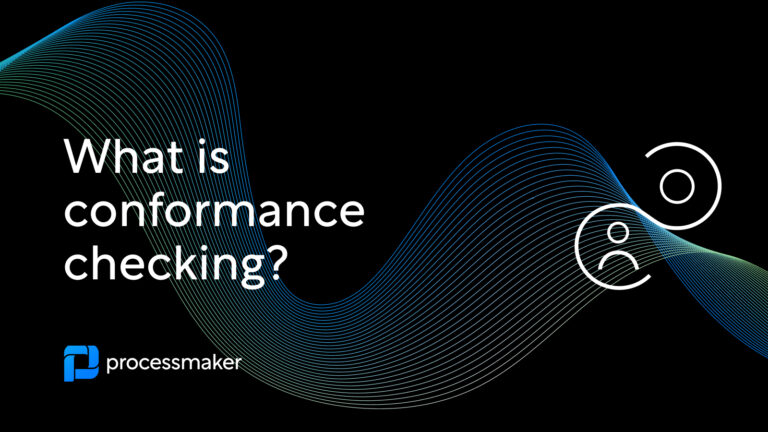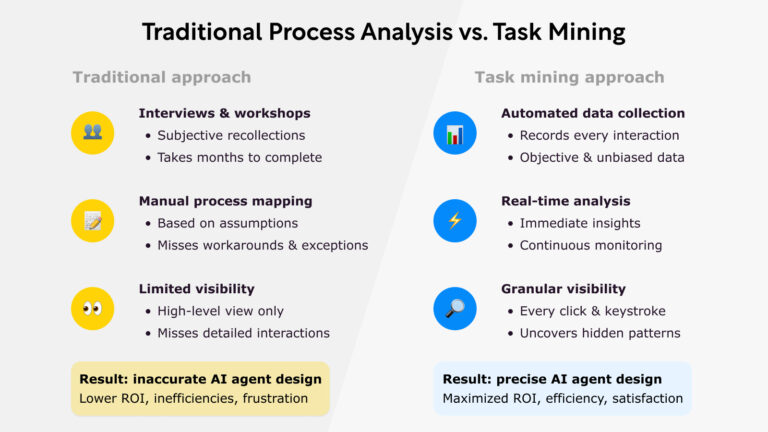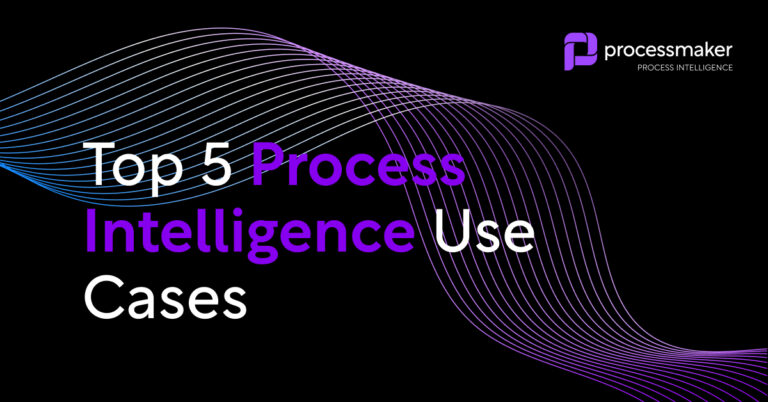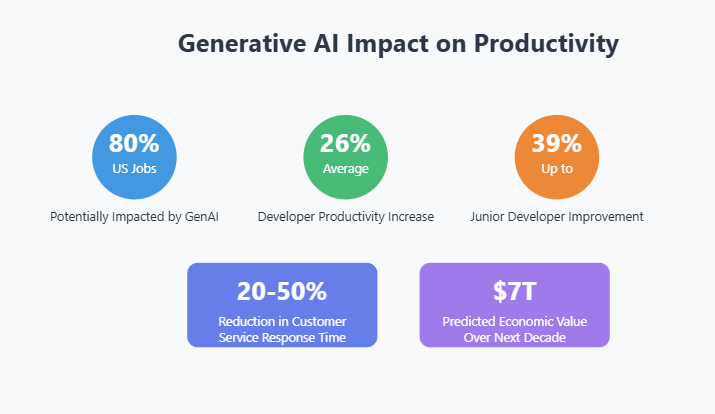Conformance checking, also known as conformance analysis, is an important element of process mining and business process management. In this article, we go through what it is through definitions, examples, and best practices.
What is Conformance Checking?
Conformance checking is a method of comparing the execution of a business process against a predefined set of conditions, such as a business process model or reference model. It is used to assess the real state of processes and to identify any variations between the should-be and the as-is behavior outlined. It is a key component of process mining software, which is the application of data mining techniques to discover, monitor, and improve processes.
Conformance checking can also be called conformance analysis or business process conformance checking.
How conformance checking relates to process mining
Business process conformance checking in BPM
Conformance checking plays an important role in business process management (BPM), which is the systematic approach to managing and optimizing processes in business organizations.
Various conformance checking techniques, such as replay, trace alignment, and behavioral alignment, are used to evaluate the alignment between process models and event logs. Conformance checking involves analyzing the actual data from a process execution and comparing it to the expected behavior, or process ‘happy path.’ The analysis can be done based on expert interviews, surveys or increasingly through dedicated process analysis and modelling software. The observed data is analyzed to determine if the process was executed correctly and if it achieved optimal alignment with the expected behavior. It can also identify any errors, deviations, or inefficiencies that may have occurred in the process.
The benefits of conformance checking are numerous. It helps to ensure that processes are performed accurately and efficiently. It also allows organizations to identify areas where processes can be improved, thereby increasing the efficiency and effectiveness of their operations.
How Conformance Checking Works
Conformance checking works by comparing the event log with the process model at the event level. This comparison is typically carried out using process mining tools, which can identify deviations between the two representations. These deviations can be represented visually or textually, often as lists of natural language statements. Some techniques may also produce normalized measures (ranging from 0 to 1) that indicate the extent to which the process model and the event log match each other. This detailed analysis helps organizations pinpoint where and why deviations occur, providing a clear path for process optimization.
Techniques Used in Conformance Checking
There are several techniques used in conformance checking, each with its unique approach to comparing process models and event logs.
Alignment-based techniques focus on matching events in the log with steps in the process model at the event level. Fitness-based techniques evaluate how well the process model fits the event log, often using metrics to quantify this fit. Generalization-based techniques assess the ability of the process model to generalize beyond the observed event log. Additionally, token-based replay is a technique that uses four counters—produced tokens, consumed tokens, missing tokens, and remaining tokens—to compute the fitness of an observation trace based on a given process model in Petri-net notation.
These diverse techniques provide a comprehensive toolkit for thorough conformance checking.
Examples of conformance checking using event logs
There are many real-world examples of conformance checking across different types of businesses and business units. It can also be used to identify any errors or deviations in the process that may lead to inefficiencies or delays.
Logistics – it may be used to monitor the performance of logistics processes in a supply chain.
Customer service – case management evaluating how different customer service records have followed the agreed path and support.
Procurement – tracking how different business units or transactions follow the agreed purchase-to-pay processes.
Claims processing – review of insurance claims processes, whether the claims manager has followed the modelled process.
Benefits of Conformance Checking
Conformance checking offers numerous benefits, including the ability to identify deviations from expected behavior, improve process performance, and ensure compliance with regulations and standards. It helps organizations detect and prevent fraud, providing assurance to stakeholders that the organization is taking steps to protect its assets and reputation.
Additionally, conformance checking provides valuable insights into the efficiency and effectiveness of business processes, enabling organizations to make data-driven decisions and drive process improvement initiatives. By leveraging these insights, businesses can optimize their operations and achieve greater overall efficiency.
Conformance checking in process mining
Conformance checking is closely related to process mining, which is the application of data mining techniques to discover, monitor, and improve processes. Process mining uses data from event logs to create a graphical representation of the process. It can also identify any deviations or inefficiencies in the process. Achieving optimal alignment between the process model and event log is crucial for accurate conformance checking and process optimization. Business process management (BPM) is the systematic approach to managing and optimizing processes. It involves the use of methods, techniques, and tools to monitor, analyze, and improve processes.

Example of conformance checking in ProcessMaker process intelligence software
In conclusion, conformance checking is an important tool for process mining and business process management. It helps to ensure that processes are executed accurately and efficiently and can identify any areas where processes can be improved. By using conformance checking, organizations can gain valuable insights into their processes and optimize their operations.
If you want to learn about the state-of-the-art platform that lets you do conformance checking without the process mapping and mining hassle, consider trying process intelligence.





